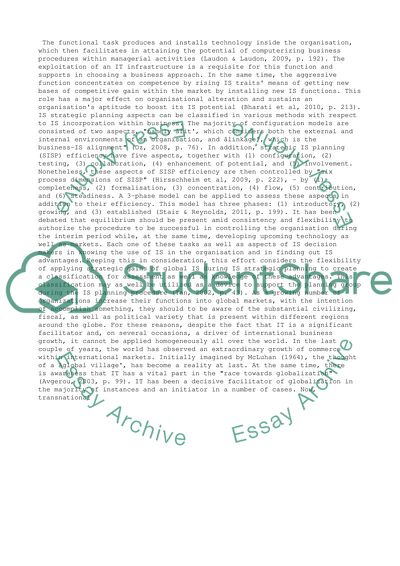Cite this document
(“Global Management Information systems coursework Essay”, n.d.)
Retrieved from https://studentshare.org/management/1397554-global-management-information-systems-coursework
Retrieved from https://studentshare.org/management/1397554-global-management-information-systems-coursework
(Global Management Information Systems Coursework Essay)
https://studentshare.org/management/1397554-global-management-information-systems-coursework.
https://studentshare.org/management/1397554-global-management-information-systems-coursework.
“Global Management Information Systems Coursework Essay”, n.d. https://studentshare.org/management/1397554-global-management-information-systems-coursework.


